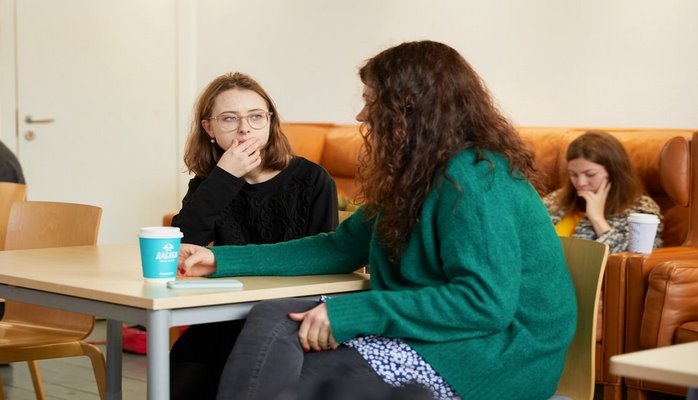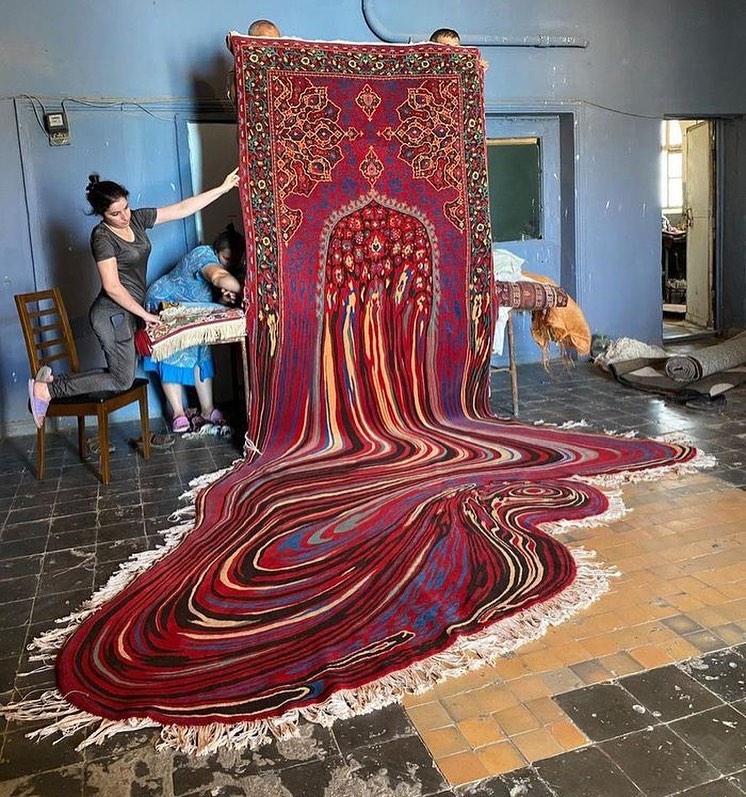
Air Pollution: Consequences For Children’s Health
More than 90% of the world’s population breathes toxic air, both in large cities and in the countryside, in Asia and in Europe. This is what emerges from the report “Air pollution and child health: prescribing clean air” of the World Health Organization presented in October 2018. Particularly worrying is the exposure of children to pollution, a matter that, according to the highest international authority in the sector, should be an absolute priority of public health and not only.
The concern for the health of children and for the possible consequences of contact with toxic substances, in this case through the air, is shared by many parents. Although the data are so worrying, the experts are not pessimistic because exposure to clean air for at least 6 hours in childhood and adolescence can actually reduce the risks. How to do this? Many proposals concern compulsory schools, such as the visionary and sustainable one by architect Renzo Piano.
How Does Exposure To Pollutants Affect Children’s Health?
Although breathing polluted air is bad for everyone, there are several studies that show that this has more serious consequences for children. In this regard, the WHO estimates that in 2016 about 600,000 children under the age of 15 died prematurely precisely because of the consequences of pollution, both outside and inside public and private buildings.
Children are more exposed for various reasons. As they are still in a phase of development, many organs, particularly the lungs, the vascular system and the immune system, are weaker. In addition, they tend to breathe more frequently and often with their mouths, causing more polluted air to enter the circulation without filters. In addition, especially as children, they are also closer to exhaust pipes and other sources of pollution.
One of the most worrying examples, on a global level, is that of Mexico City, where the air is dramatically polluted, as Professor Sergio Pecorelli, Full Professor of Gynaecology and Obstetrics at the University of Brescia, spoke during the conference “Health you learn as children”, organized by UniSalute in Bologna last October 8. “In 2017 – recalls Professor Pecorelli – were found cases of adolescents aged between 10 and 17 years, suffering from dementia or Alzheimer’s syndrome. A news, reported in a study that has caused a stir among professionals and highlights how important it is to become aware of the risks associated with pollution for children, from conception.
The data on Italy collected in the WHO report are not reassuring. In fact, 98% of children under 5 years of age are exposed to smog and live in areas where concentrations of particulate matter (PM2.5) are above safe levels for health (i.e. 10 μg/m³). On average, 18 μg/m³ in the North, 16 μg/m³ in the Centre and 13 μg/m³ in the South are found.
What Are The Consequences For Children?
The World Health Organisation, collecting the most up-to-date scientific evidence, has also highlighted the main risks faced by the majority of the population and children in particular:
- reduction of lung function;
- asthma;
- acute infections of the lower respiratory tract;
- problems in neurobehavioral development;
- obesity;
- otitis;
- eczema;
- Headache.
In addition, it has been observed that exposure of the mother to polluted environments during pregnancy may increase the risk of developing certain childhood cancers, such as leukaemia and retinoblastoma. Unfortunately, this is not the only risk linked to the period of gestation: in fact, it seems that polluted air is also responsible for many premature births and cases, increasingly frequent, of children of low birth weight.
How To Prevent The Most Serious Consequences?
The situation photographed by the authorities is, therefore, worrying, but it is the World Health Organization itself that identifies the guidelines to contain the problem. It is possible, in fact, to obtain benefits for the future health of children by introducing activities, norms and adequate structures for the critical phase of childhood and adolescence.
The gravity of the issue and the need for concrete action have led European countries to establish a European Action Plan for the Environment and Children’s Health (Cehape) and to sign, in 2010, the Parma Declaration, a set of commitments made collectively to protect health.
There are many examples of concrete actions:
- avoid letting children play outdoors on days when the level of smog is high;
- eliminate exposure to passive smoking indoors;
- carefully evaluate the quality and emission content of sources of pollution (including furniture and building materials) in homes, schools, gyms, meeting areas;
- pay attention to emissions caused by everyday objects such as fireplaces, perfumers, but also caused by cooking food.
From the point of view of collective action, it is natural to think of school, precisely because this age bracket corresponds to that of compulsory schooling. “One solution – explains Professor Pecorelli – is that of the exchange of air. Recent research shows that it would be sufficient to spend at least 6 hours a day in a clean space to reduce the impact of pollution on the body. There are already examples in this sense: there are council houses in different parts of Italy that have been recently designed and that include controlled mechanical ventilation systems at the forefront.
As far as schools are concerned, the proposal of the architect and senator for life Renzo Piano remains topical. In 2015, he published an article in Il Sole 24 Ore, still cited as a model for a sustainable school and suitable to respond to the challenges of the present and the future.
The School Of The Future, Clean And Sustainable, According To Plan Renzo
Renzo Piano’s school, imagined together with the psychologist Paolo Crepet, the master and author Franco Lorenzoni and indebted to the thought of Maria Montessori, is not only a building, but a space for sharing, experimentation and discovery.
It develops around a large tree, located in the middle of an internal garden that overlooks the classrooms, but also the auditorium, the gym, rehearsal rooms, the laboratories, the library (evocatively called “tower of books”) and all the spaces that make up the structure.
Sustainability is also in the choice of materials: “in our building – writes Renzo Piano – we decided to use wood, which is not only beautiful, safe, anti-seismic and fragrant: it is above all renewable energy. It is enough to plant trees to guarantee the sustainability of the project: in 20 or 30 years, depending on the essence, we have again the equivalent of the wood used. For every cubic metre of wood used you need a young plant. The work is then done by the rain, the sun and the earth. And it is precisely to complement the environmental dimension with the educational one, that the proposal is to place a counter on the ground floor that shows, live, how much energy the school consumes and how much it produces.
In fact, we imagine that geothermal energy can be used to cool and refresh the building, while the photovoltaic systems on the roof (also considered an educational and educational space) are used to produce energy.
It may seem utopian, but the seriousness of the consequences of exposure to pollution requires radical and courageous responses. If, in fact, there is the possibility of guaranteeing a healthy future for children and adolescents, this can only become a reality by virtue of a 360° prevention activity involving, therefore, both a collective and a personal dimension. Prevention understood as attention to the outside world and protection of the individual health of their children.
One solution, in this sense, can also be that of integrative health care, which, thanks to targeted policies such as Family Protection for Children of UniSalute, can take charge from childhood of the health of children, accompanying them in a personalized path of improvement of nutrition and lifestyle. Have you ever paid attention to how many air pollutants are also found in homes?









Comments
Show comments Hide comments